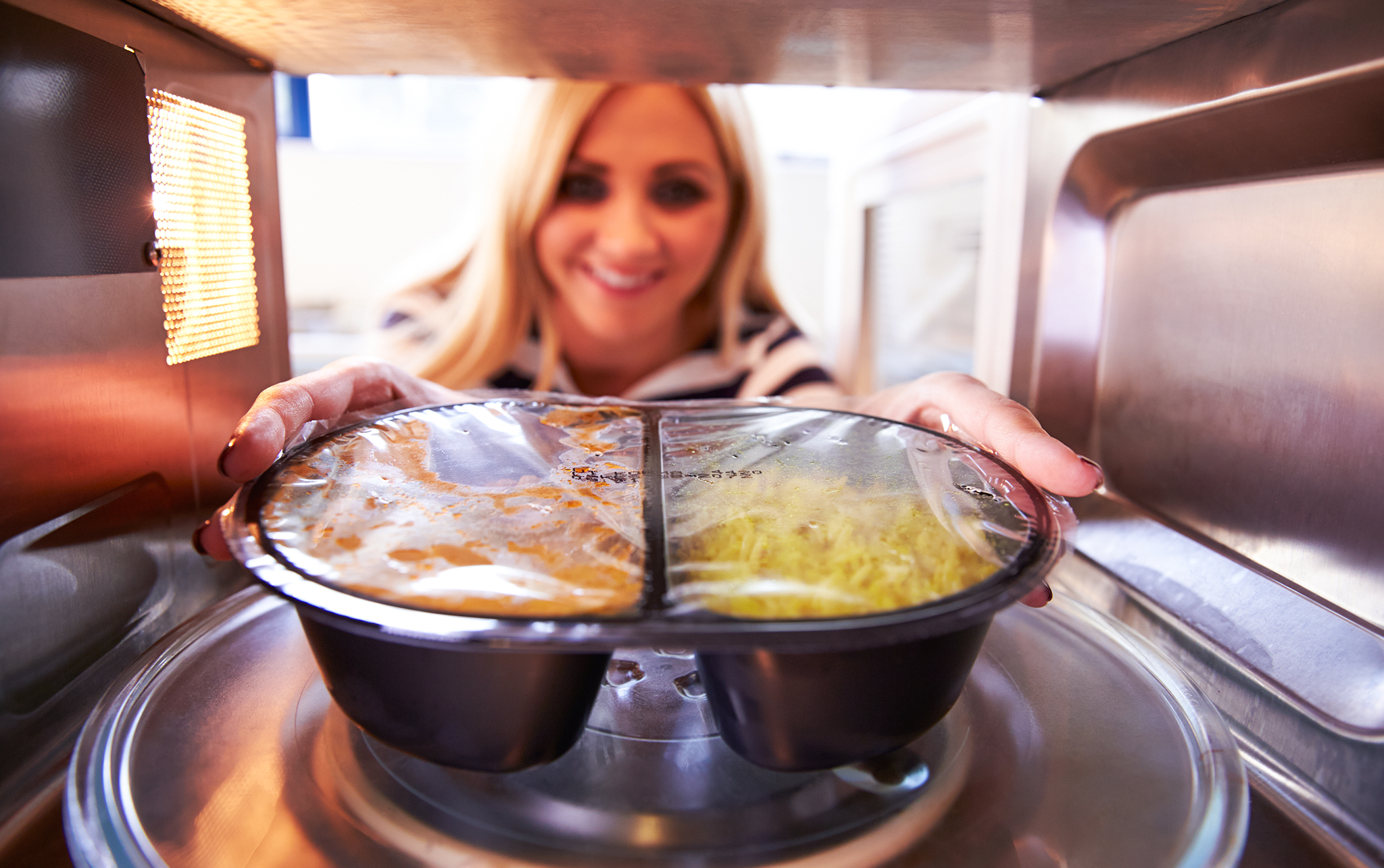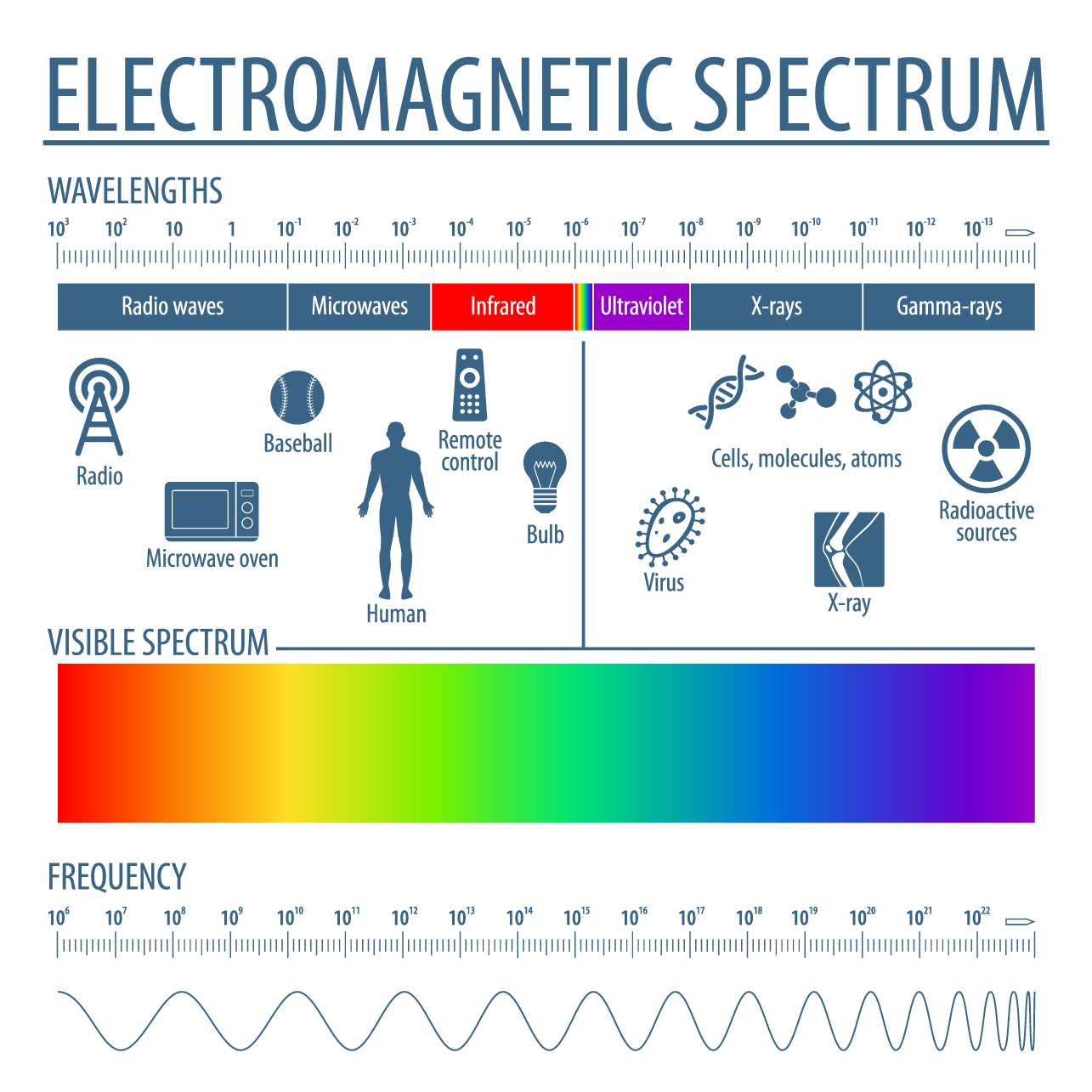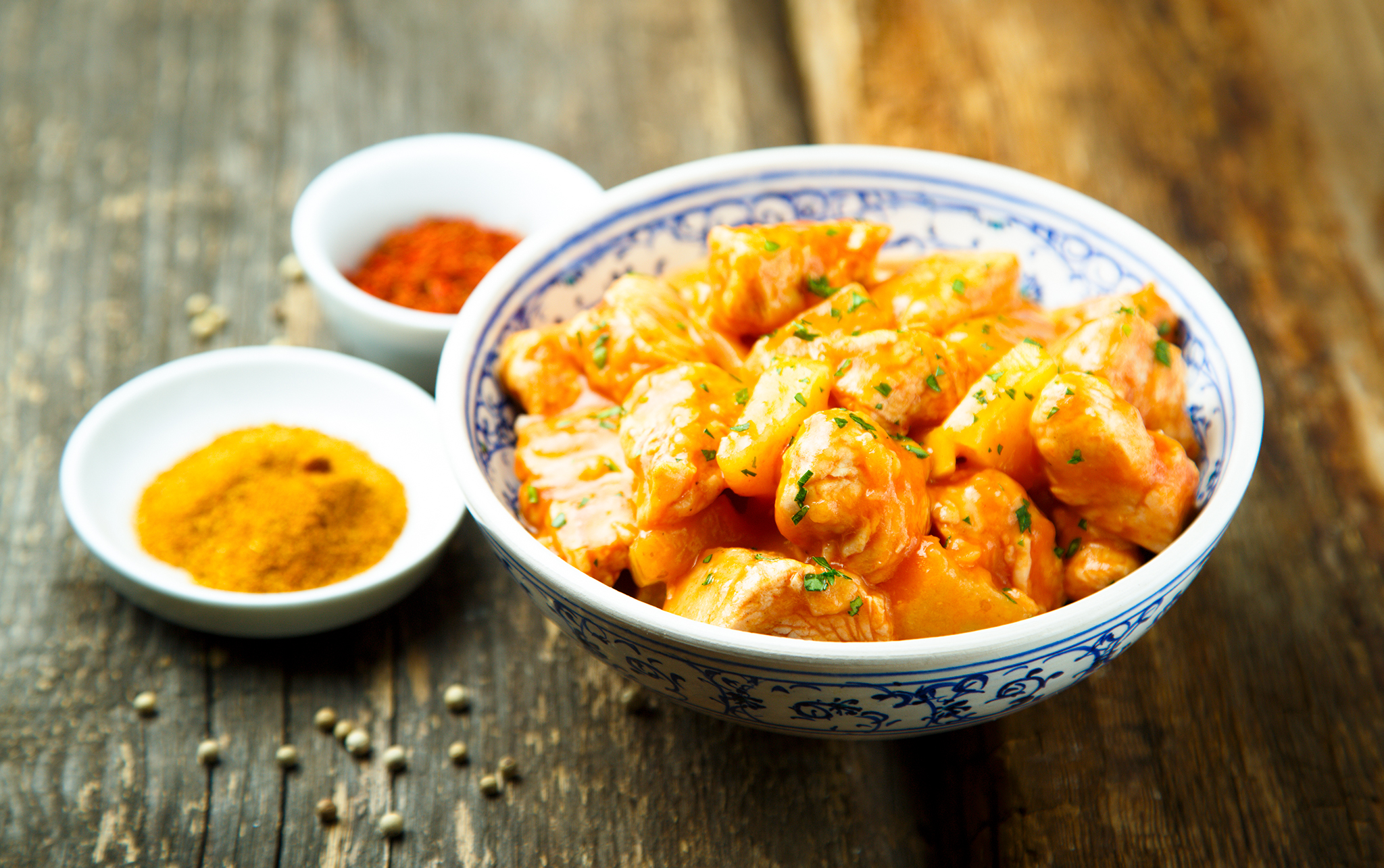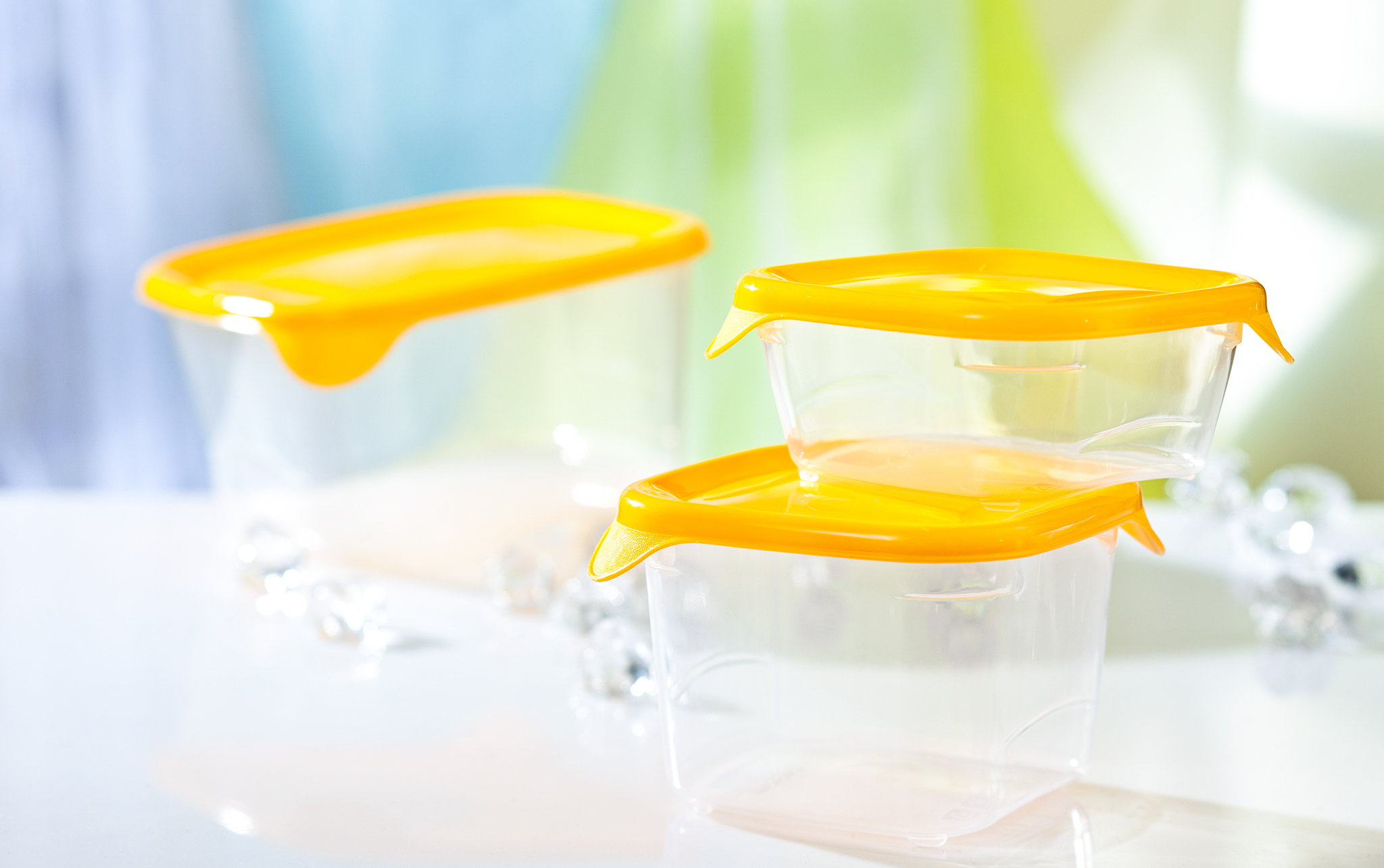The convenience offered by those fast-heating tiny machines that became a common kitchen item for so many Americans is indisputable. However, many are now questioning their safety, saying microwaving food is bad for you. Can its long-term usage really lead to health problems? Recent studies provide some insights on this matter.
Since a lot of convenient accessories and tools took their rightful place in our kitchens, many questions have been raised, mostly debating the healthiness of the newest technological advancements in our daily life. One of them seems to be the most troubling of all: is microwaving your food really an unhealthy habit?

The heat is on: possible dangers of microwaving
There are a few main myths surrounding this way to cook:
- Radiation used in the cooking process can dangerously affect your food with harmful health consequences and can even cause cancer;
- Nutritional value and chemical composition of preheated meals are not adequate for your health in comparison with stove-cooked foods;
- Plastic packages used for heating your meals contain poisonous chemicals, which are released into products during the heating process.
Let’s work through those statements.
Radiation used for microwaved food is highly dangerous and possibly causes cancer
First things first, no need to get instantly scared of the word radiation. Despite the first associations that come to mind, this is not a nuclear-attack-kind-of thing. Radiation is simply a physical process of transmitting energy in form of waves. Everything and everyone has a radiation give-off: humans, flashlights, let alone smartphones and laptops that we use so often in our everyday lives.
Radiation wavelengths are defined by their frequency. High-frequency radiation wavelengths are proven to be more dangerous than the low-frequency ones (e.g. compare the radio to the X-ray).
Radiation can also be categorized as ionizing and non-ionizing. The first one is powerful enough to change and destroy the structure of molecules. The last one is only able to make molecules vibrate at a higher frequency, without changing their configuration.

Radiation used in the microwaving process lies at the low-energy part of the electromagnetic spectrum. Simply put, that means it is only powerful enough to move the molecules around during the process of heating, but not enough to harmfully impact their structure. There are no high-frequency ionizing rays used in this process, so the chemical structure of your meal won’t be dangerously modified.
That said, here are no strong studies that show any significant correlation between the usage of microwaves and the increasing of cancer rate.
From this perspective, as long as you use your cooking equipment in accordance with the instructions, microwave cooking is not bad for you and there are no negative consequences for your health.
Preheated meals are low in nutrients and healthy chemicals

Earlier we figured out how radiation really affects the chemical structure of your food (in short: it doesn’t really). But is it bad to microwave food regardless? Even if there are no severe radioactive effects, can the cooking process still negatively affect the nutrient content of your meal?
In fact, every cooking process reduces the amount of nutritional compounds in food. Boiling, baking, heating – all of it causes water evaporation. Some of the healthy chemicals unavoidably disappear with it.
In order to preserve a lot of nutrients and vitamins in your meal, you want to remember two things. First, the longer the cooking takes, the more chemical compounds are changing. Second, the more water you use, the bigger amounts of vitamins leak and dissolve in it during the heating. In order to save as many vitamins as you can, you need to cook quickly and use as little water as possible.
Surprisingly, this is exactly how microwaving works. Compared to stove cooking, it only requires a very short time to prepare a meal, sometimes no water needed in the process.
Suffice it to say, microwaving your foods doesn’t harm the nutritional value more than any other type of cooking – sometimes microwaving is even healthier! For those who are leading a self-conscious lifestyle, there are many recipes of healthy dishes designed especially for microwaving – packed with vitamins and nutrients.
Plastic containers used for microwaving release toxins into food, making it potentially harmful

The danger of the microwave itself seems to dissolve in highlights of research. But what if it’s not the machine, but the tools that lead to possible harm? Is it bad to eat microwaved food because of the toxics that some plastic packages contain?
Plastic, as some might say, is the most useful yet dangerous invention humanity has ever made. It is extremely convenient in use, but the truth is that some of the plastic, in fact, contains toxic elements, which can be transmitted into food. Heating can work in advantage to this possible leakage, but there is no clear evidence on how dangerous those chemicals really are.
Some say that in order to put your health at risk you should consume the enormous amounts of plastic-packaged food in a very short time, which is quite unlikely to happen in your regular life. Using the same plastic containers over and over again, however, does increase the level of dangerous chemicals being released, yet still not enough to have any significant impact on your health.
However, to play it safe, you can prevent the exposure to toxins. Try switching from plastic containers to fireproof ceramic, porcelain or glass plates and bowls. Not only that works in favor of keeping toxins away from your meal, but it is also environmental-friendly.
Recap:
- Radiation used in microwaving is not more dangerous than the radiation from your laptop, phone or computer. Its low-frequency non-ionizing waves are not strong enough to change the chemical structure of your meal.
- While every cooking process takes away some of the nutrients and vitamins, microwaving hasn’t been proven to be more destructive than any other cooking method. In fact, sometimes you can even preserve more vitamins using microwave-friendly recipes.
Although reusable plastic containers does release more toxins if heated repeatedly, the dosage of toxins is still not enough to harm you. For the full safety, switching to other fireproof materials such as glass or ceramics will do the trick.
